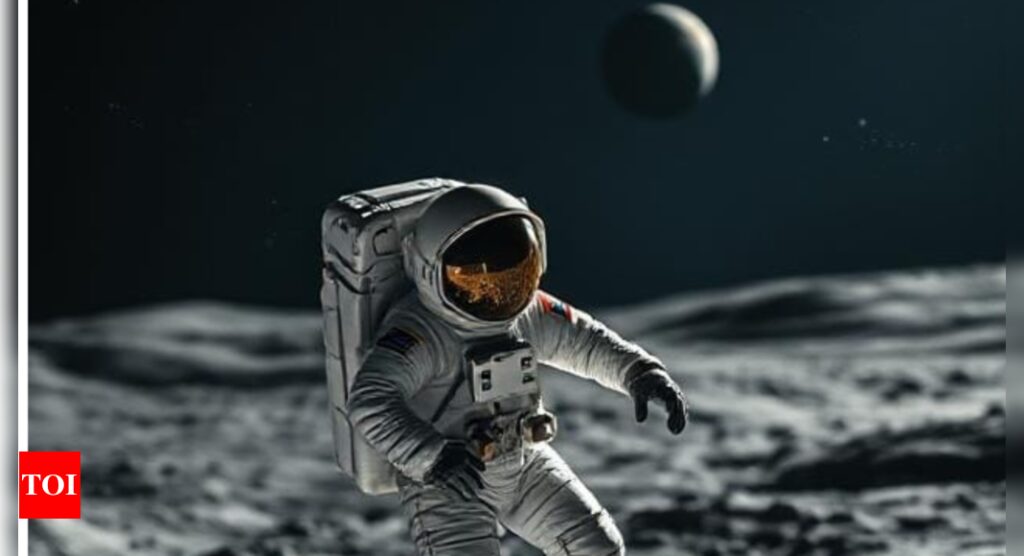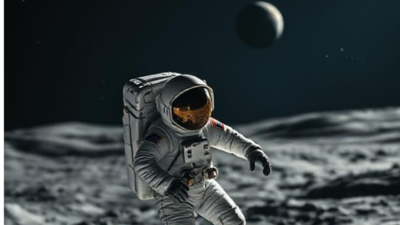No mega rocket for crewed Moon mission, Isro to rely on docking | India News – The Times of India

BENGALURU: India will not build a large rocket for its planned crewed mission to the Moon, but instead rely on multiple launches and satellite docking technology, as per Isro’s current plans for the mission targeted for 2040.
“One option is to build a huge rocket and take a single module. But what will you do with that rocket thereafter? Economically, we have to understand and really look at all aspects. So, we are not going to build a huge rocket. We are going to have multiple modules. Maybe right now, our thinking is two modules. You take them separately and dock,” Isro chairman V Narayanan told TOI in an exclusive interview.
The approach builds on India’s recent success with the Space Docking Experiment (SpaDeX) mission, which achieved its first docking manoeuvre on Jan 16. The mission involved two 220-kg satellites initially separated by 11 km, orbiting at approximately 28,400 km per hour.
Docking technology is crucial for India’s upcoming space initiatives, including the planned space station project comprising five modules, and the crewed lunar mission. The space station modules too will be launched separately and assembled in orbit, with the first module already receiving govt approval.
The technology Isro is developing through SpaDeX will provide valuable insights for future crewed Moon landing missions. While the successful first docking marked a milestone, Isro will conduct multiple manoeuvres at various orientations to thoroughly understand the dynamics involved. Each iteration will provide new insights that will inform the development of future space systems.
Narayanan, who took charge as Isro chairman on Jan 13, explained the complexity of the docking process: “Imagine two buses going on the road with each traveling at 100 kilometre per hour speed…And if both have to be get docked, you know, lot of things has to be done. Number one, you have to come exactly within millimetre level.”
More docking in mid-March
The satellites, which were previously controlled independently, now function as a single unit. The next phase involves establishing power transfer between the modules, a crucial step for future missions including Chandrayaan-4, where multiple docking operations will be required.
While Isro has completed the first crucial docking manoeuvre, SpaDeX will continue for an extended period. “The satellites are currently in an elliptical orbit, where power generation varies based on position. This is not a one-time operation. We’ll conduct multiple docking attempts to demonstrate our capability to perform the procedure reliably and repeatedly beginning mid-March,” Narayanan said.
The key objectives are to evaluate: How precisely Isro can execute multiple docking maneuvers, how well the algorithms perform under various conditions, how the integrated inertial systems function and how the propulsion system performs during repeated operations.
“This is truly a multidisciplinary endeavor. Through these multiple trials, we will generate extensive data to support future applications. Before conducting any actual experiments, we thoroughly test everything in our ground simulator. We validate our understanding and approach through simulation first, then proceed with the real operation only when we are fully confident. This careful approach is essential to prevent any mistakes,” he said.
Isro’s methodical approach involves gathering extensive data to refine the technology for future applications. While the initial docking marked a milestone, Narayanan indicated that the mission would continue for an extended period, with numerous experiments planned to master this complex capability.







